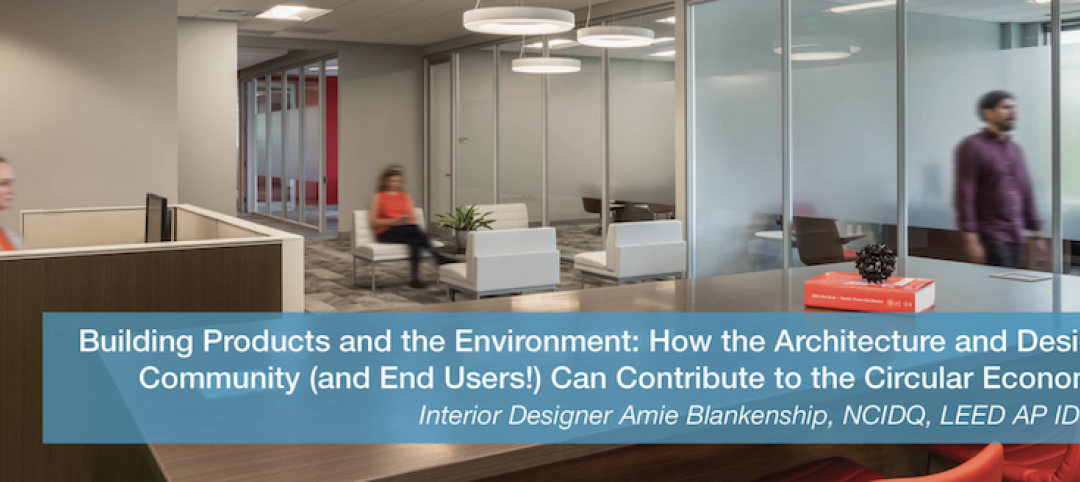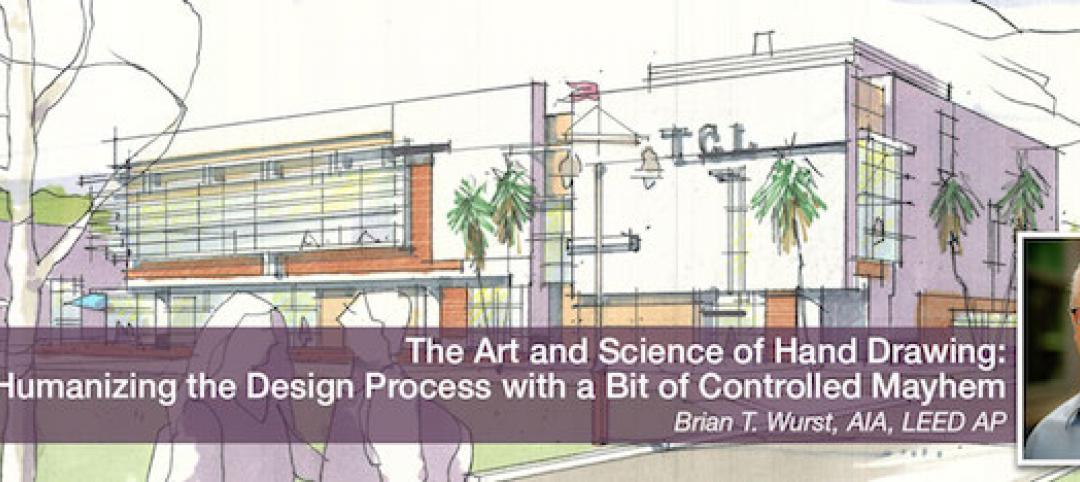In K-12 schools, the Learning Commons- once known as the media center or library- serves a vital role in the potential success of K-12 students at all grade levels. Multiple studies have confirmed a strong relationship between student achievement and the presence of a thriving school Learning Commons with a full-time educational librarian. This correlation is most significant among students from lower socioeconomic backgrounds. Schools with robust Learning Commons are schools in which students have access to new worlds through books; are taught to navigate the world of information through multiple platforms; and who not only attain literacy, but also enjoy it. School Learning Commons build skills which can propel students towards academic and personal success, with measurable positive impacts.
A vibrant, modern Learning Commons can draw students in and make learning fun. It’s not just about books: a Learning Commons provides access to technology, which is particularly vital for those who don’t have computers or dependable internet service at home. Learning Commons help students build research skills, support exploration in all content areas, and allow students to delve into topics that interest them outside of the standard curriculum, setting the stage for lifelong learning.
Spaces in today’s Learning Commons may include cyber cafés with high speed internet for personal computer use, maker spaces for project work and assembly, or college/career resource materials to prepare students for life after graduation. Broadcast rooms may serve both students and teachers, especially important in the era of hybrid and virtual learning when lessons may need to be recorded. Learning Commons open the door to possibilities for the future, even as they help students succeed in the present.
In designing for these important functions, architects and interior designers should create spaces which are:
Welcoming
A Learning Commons which is comfortable, inclusive, and inviting encourages student engagement and frequent use. Students who enjoy being in the space will be more likely to make full use of the Learning Commons’ resources. Design strategies such as providing flexible soft seating, allowing abundant natural light in the space while controlling for heat and glare, and planning for zones to support various functions will help to make the space more inspiring and functional.
Special
The design of the Learning Commons can spark excitement and encourage imagination. A Learning Commons can be an oasis for students, one which is integrated into the school experience while providing opportunities for inspiration, curiosity, and joy. Designers can capitalize on this opportunity with reading nooks where students can lose themselves in a book, special furnishings and finishes, and elements of Experiential Graphic Design (EGD) such as high-impact wall graphics highlighting a theme.
Connected
To provide maximum benefit, a school Learning Commons must be connected both digitally and physically. Infrastructure and systems for integrated technology which can evolve over time are critical. So, too, is integrating the Learning Commons within the school for accessibility, transparency, and visual connections to nature. Ideally, the space will provide a range of experience and seating options which support every function from immersive solo reading to project work to whole-class lessons.
Age-Appropriate
Kid-friendly spaces can be tailored to the needs of any age group. Younger students, for example, tend to prefer sitting on the floor; movable furnishings and flexible space configurations can make it easy to accommodate different seating arrangements for different ages. Middle and high schoolers may prefer spaces that feel more collegiate and foster a sense of maturity.
The critical role of school Learning Commons became more evident as students transitioned quickly to distance learning during the onset of COVID-19, and those who did not have access to school resources such as technology and a broad support network of staff members such as media specialists quickly fell behind academically. Moving forward, Learning Commons and the dedicated specialists who staff them will be instrumental in helping to narrow achievement gaps while supporting success for all students; these spaces will yield substantial benefits from an investment in design excellence and expertise.
More from Author
LS3P | Apr 7, 2021
How the architecture and design community can contribute to the circular economy
The goal of the circular economy is to keep materials in circulation through reusing, repurposing, repairing, or reimagining them.
LS3P | Aug 17, 2020
Covid-19 and campus life: Where do we go from here?
Campus communities include international, intergenerational, and varied health-risk populations.
LS3P | Aug 10, 2020
Reimagining multifamily spaces in the COVID era
Multifamily developments pose unique challenges and opportunities.
LS3P | Mar 29, 2019
Designing for resiliency: Lessons learned from Hurricane Florence along the Carolina Coast
Resilient design principles will be critical in preparing our communities for future storms, writes LS3P's Charles H. Boney, FAIA.
LS3P | Mar 4, 2019
The artistry of high performance design
It is no secret that 40% of the US energy consumption occurs in the building sector.
LS3P | Dec 10, 2018
The art and science of drawing: Humanizing the design process with a bit of controlled mayhem
Hand drawing reveals a dimension beyond those available in a CAD drawing or digital rendering.
LS3P | Jan 25, 2018
Cost estimating for K-12 school projects: An invaluable tool for budget management
Clients want to be able to track costs at every stage of a project, and cost estimates (current and life cycle) are valuable planning and design tools, writes LS3P's Ginny Magrath, AIA.













